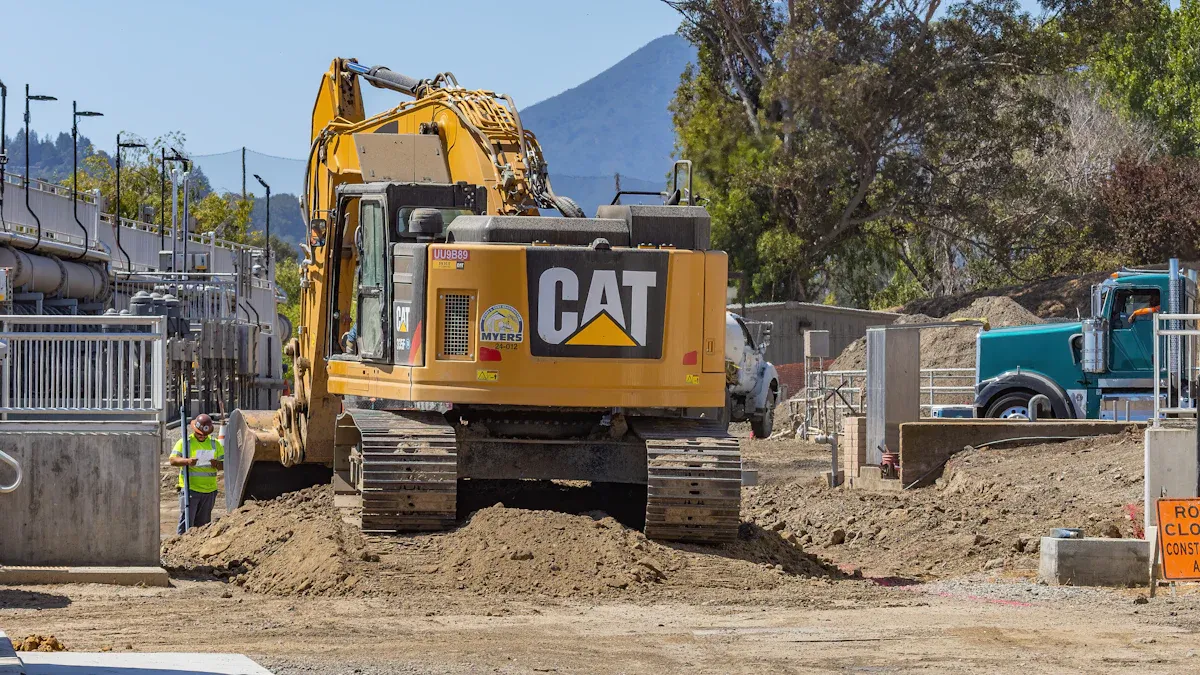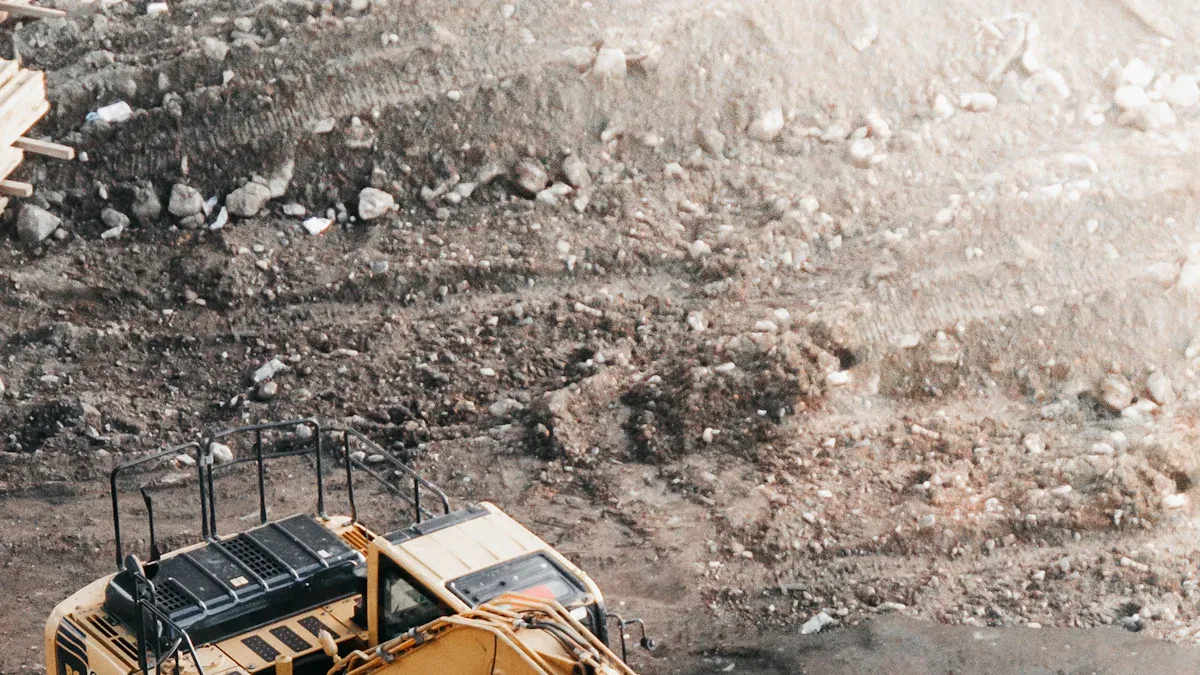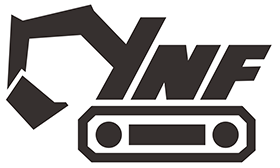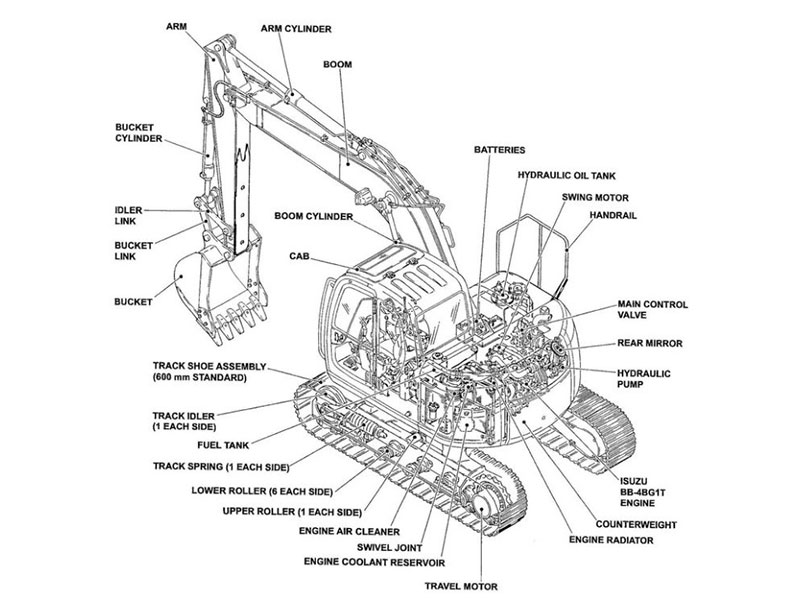
To choose the best aftermarket cat excavator parts, you need to focus on three things: compatibility, quality, and supplier trust. You want parts that fit your excavator perfectly and last a long time. Many owners now pick aftermarket cat excavator parts because they offer strong performance and cost savings. When you select the right parts, your excavator works better and breaks down less often.
The aftermarket parts market for excavators is growing fast. Check out these trends:
Aspect | Details |
|---|---|
Market Size (2025) | $15 billion |
Projected Market Size (2033) | $25 billion |
Key Components with High Replacement Rates | Track chains, track plates, track rollers, sprockets, idlers |
Dominant Sector | Construction (over 60% of total usage) |
Major companies like Caterpillar, Komatsu, and Volvo lead this market.
Aftermarket parts keep many excavators running smoothly across big construction projects.
Key Takeaways
Always choose parts that fit your excavator perfectly to avoid breakdowns and keep your machine running smoothly.
Buy high-quality aftermarket parts from trusted suppliers to save money and reduce costly downtime.
Compare OEM and aftermarket parts by weighing upfront cost against long-term value and warranty coverage.
Check supplier reputation, warranty, and support to ensure you get reliable parts and helpful service.
Verify part numbers and consult experts to avoid mistakes and select the best parts for your excavator.
Aftermarket Cat Excavator Parts

What Are Aftermarket Parts
You will find several types of excavator accessories when you maintain your machine. Aftermarket parts are components made by third-party companies, not the original manufacturer. These parts fit many excavator models and offer a cost-effective solution for repairs and upgrades. You can see the main categories of excavator parts in the table below:
Spare Part Category | Definition | Key Characteristics |
|---|---|---|
OEM Parts | Made by the original manufacturer for specific models. | Highest quality, perfect fit, higher price. |
Aftermarket Parts | Produced by other companies for various models. | Affordable, quality varies, good for budget repairs. |
Salvage Parts | Taken from scrapped machines. | Cheapest, often large parts like engines. |
Rebuilt Parts | Used parts restored to working order. | Similar to new, lower cost, less available. |
You often choose aftermarket cat excavator parts for regular maintenance. These parts include air filters, hydraulic system accessories, bucket teeth, and hoses. You can reduce downtime and keep your excavator running smoothly by using reliable aftermarket parts. Preventive maintenance with these excavator accessories helps you avoid expensive repairs. Environmental factors, such as dust or moisture, can increase the need for frequent replacement parts.
Why Quality Matters
Quality plays a key role in the performance of your excavator. High-quality excavator parts last longer and help your machine work better. When you use aftermarket cat excavator parts from trusted suppliers, you lower the risk of breakdowns. Studies show that machines with reliable excavator accessories have fewer failures and longer lifespans. For example, regular inspections and timely replacement of worn parts, such as hydraulic system accessories, keep your excavator safe and efficient.
You should always check the quality of aftermarket parts before buying. Poor-quality excavator parts can cause more damage and lead to costly downtime. The average cost of downtime for an excavator ranges from $448 to $760 per day. By choosing high-quality excavator parts and proper storage, you protect your investment and extend the life of your machine.
Choose Between OEM and Aftermarket
Cost and Value
When you choose between OEM and aftermarket for your excavator, you need to look at both cost and value. OEM parts usually cost more because they come from the original manufacturer. These parts have brand recognition and strong warranties. Aftermarket parts cost 20–50% less than OEM parts. This lower price comes from more competition and new production methods like 3D printing. You can save money upfront with aftermarket parts, but you may face higher long-term costs if the parts do not last as long or fit your excavator poorly.
Here is a quick comparison:
Feature | OEM Parts | Aftermarket Parts |
|---|---|---|
Upfront Cost | Higher | 20–50% cheaper |
Longevity | High | Unpredictable |
Repair Cost Savings | 25% over 5 years | May be less |
Fit & Compatibility | Guaranteed | Can vary |
You should pick OEM parts if you want guaranteed fit and long-term value. If you need to save money right now, aftermarket parts can help, but you must check their quality and performance.
Performance and Warranty
Performance and warranty matter a lot for excavator parts. OEM parts give you full coverage and meet strict safety standards. They have fewer mechanical breakdowns—about 30% fewer over five years. You also keep your excavator’s resale value high with OEM parts. Aftermarket parts can work well if you buy from trusted suppliers. Some companies test their aftermarket parts for durability and offer warranties, but coverage is often limited.
Tip: Always check if the aftermarket parts come with a warranty and technical support. This helps you avoid problems and keeps your excavator running smoothly.
You should choose OEM parts when you want the best warranty, safety, and resale value. Choose aftermarket parts when you need a quick, affordable fix and trust the supplier’s quality and performance. Always match the part to your excavator and check the supplier’s reputation before you buy.
Selecting High-Quality Excavator Parts

Compatibility with Your Machine
You need to make sure every part you buy matches your excavator. Compatibility is the first thing you should check in your selection process. When you use parts that fit your machine, you lower the risk of breakdowns and keep your excavator running smoothly. Using original or certified parts can reduce failure rates caused by mismatches by about 20%. Certified aftermarket parts also help lower equipment failure rates by around 15% and keep your machine stable under heavy loads.
To confirm proper matching, you can follow these steps:
Use digital vernier calipers to measure parts and check size accuracy.
Test material hardness to see if the part can handle tough jobs.
Check hydraulic system parts for leaks and smooth movement.
Look up part numbers in the manufacturer’s manual or use accessory number query systems.
Try professional apps that scan your excavator’s nameplate to find the right part.
Inspect your machine often and compare its performance to the manufacturer’s standards.
Tip: Always match excavator parts to your brand and model using OEM part codes and serial numbers. This helps you avoid costly errors and keeps your machine safe.
When you focus on compatibility, you protect your investment and make sure your excavator works at its best.
Supplier Reputation
Choosing the right supplier is just as important as picking the right part. Reliable heavy equipment parts suppliers follow strict quality standards. Many top suppliers hold ISO9001/2015 certification and meet ASTM, AWS, or EN manufacturing rules. These standards help ensure you get safe and high-quality excavator parts.
You can check a supplier’s reputation by looking at:
Company experience and history in the excavator parts industry
Customer reviews and ratings for product quality and service
Warranty coverage, such as 3-year or 4,000-hour guarantees
Inventory for major brands like Caterpillar, John Deere, and CASE
Fast shipping and easy return policies
Helpful customer support
A supplier with a strong track record will help you avoid low-quality parts and costly downtime. When you focus on excavator parts brand selection, you get better value and longer machine life. Trusted heavy equipment parts suppliers also offer competitive prices and quick delivery, which keeps your projects on schedule.
Warranty and Support
Warranty and support show how much a supplier stands behind their products. When you buy high-quality part for your excavator, you should always check the warranty terms. Good suppliers offer clear warranty periods that match the type of part you buy. For example, some companies provide coverage for up to three years or 4,000 hours of use.
Support matters, too. Top suppliers give you technical help and installation guidance. They test their parts for durability, performance, and precision before shipping. This attention to quality helps you avoid problems and keeps your excavator running longer.
Note: Strong warranty and support mean you can trust the supplier. You get peace of mind knowing help is available if something goes wrong.
When you focus on warranty and support during your selection, you lower your risk and improve your excavator’s performance. Always include warranty and support checks as part of your excavator parts brand selection process.
Tips for Buying Aftermarket Parts
Verify Part Numbers
You should always check part numbers before you buy excavator accessories. Matching the correct part number helps you avoid costly mistakes and ensures the new part fits your excavator. Many manufacturers use ISO 9001 quality systems to keep part numbers accurate. They also use tests like Finite Element Analysis and 3D printing to make sure each part meets high standards. Trusted suppliers often provide certificates like ISO or CE, which show the excavator parts meet safety rules. Warranties also help confirm you have the right replacement parts for your machine.
Tip: Always compare the part number on your old part with the one listed by the supplier. This step prevents errors during the installation of aftermarket parts.
Consult Experts
Talking to experts can save you time and money when choosing aftermarket parts for your excavator. Professional technicians know how to spot quality excavator accessories and can help with bucket and breaker selection. They use special tools and data platforms to compare parts. Many experts recommend buying from suppliers with strong after-sales service and international certifications. You can also read reviews from other buyers to see which suppliers offer the best support. Experts often suggest using certified or original parts for better durability and longer machine life.
Ask for advice on bucket and breaker selection.
Request help with technical checks and installation.
Read reviews to learn about supplier reputation.
Avoid Common Mistakes
Many people make mistakes when buying aftermarket parts for excavators. Some forget to inspect the equipment or ignore the seller’s history. Others miss signs like leaks, strange noises, or worn-out excavator accessories. These mistakes can lead to more downtime and higher repair costs. You should always check maintenance records and look for signs of damage. Keep an updated list of your excavator’s details, such as serial numbers and warranty status. This helps you avoid buying the wrong parts and keeps your excavator running well.
Note: Careful planning and regular inspections help you avoid problems and keep your excavator working safely.
You can choose the best aftermarket Cat excavator parts by following a few simple steps. First, check that each part fits your machine. Next, look for strong quality and buy from suppliers you trust. Always balance saving money with keeping your excavator reliable for years. If you take these steps, you will make smart choices and keep your equipment running smoothly.
FAQ
What are the most replaced aftermarket Cat excavator parts?
You often replace bucket teeth, hydraulic filters, track rollers, and hoses. These parts wear out quickly because you use your excavator in tough conditions.
How do you know if an aftermarket part fits your Cat excavator?
Always check the part number in your machine’s manual. You can also ask your supplier or use a digital app to match the part to your model.
Will using aftermarket parts void your Cat excavator warranty?
You should read your warranty terms. Some warranties only cover OEM parts. If you use aftermarket parts, you might lose coverage for certain repairs.
How can you spot a reliable aftermarket parts supplier?
Look for ISO certifications.
Read customer reviews.
Check for clear warranty policies.
Ask about technical support.
A good supplier answers your questions and provides proof of quality.





